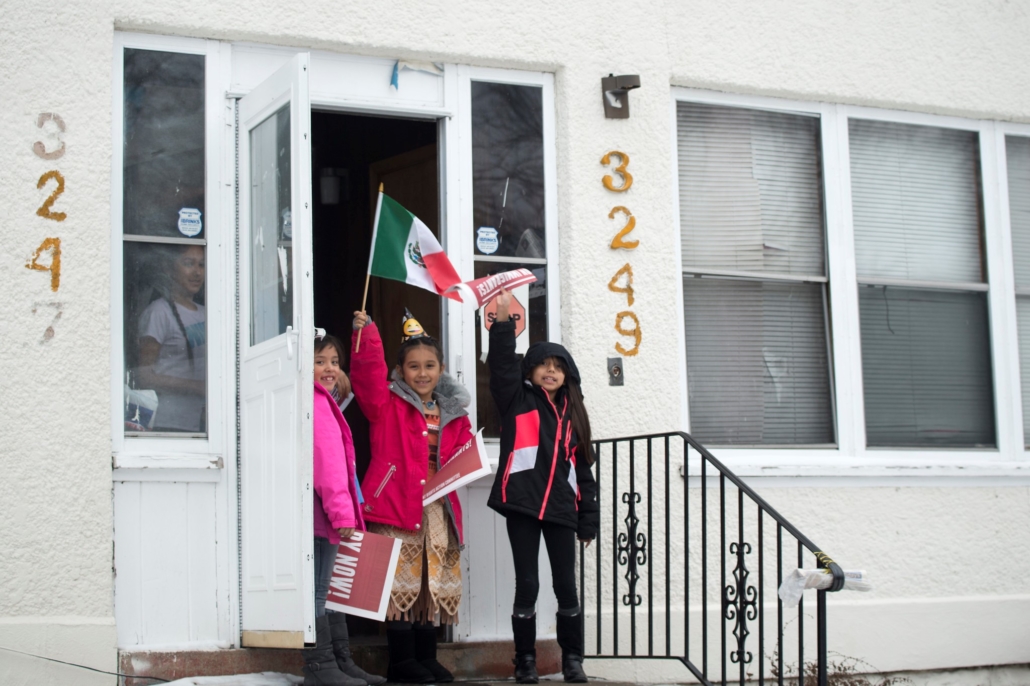8 Facts About Education in Venezuela

The Bolivarian Republic of Venezuela, located on the northern coast of South America, is well-known for its education system. For many years, Venezuela was the pinnacle of education in the region for decades, but following recent political and economic crises, the education system has suffered greatly. Here are eight facts about education in Venezuela.
8 Facts About Education in Venezuela
- The School System: School for all children between ages 6 and 15 is mandatory and free. Under the country’s 1999 constitution, higher education is still free throughout the country, although not many pursue it. The education system shows astonishingly low levels of discrimination on social grounds as well, boasting nearly equal enrollment rates of male and female students.
- Higher Education: There are 90 institutions of higher education in Venezuela. Most students come from the wealthiest 20 percent of the population since less-wealthy students may have to get jobs immediately. Universities feature a universal entrance exam that they use to boost enrollments in the millions nationwide. In 2017, only 44,000 enrolled at the University of Carabobo, compared to 56,000 10 years before.
- School Attendance: In addition to a drop in college enrollments, many children have dropped out of regular school as well. In 2013, there were only around 254,709 school-age children and adolescents who did not attend the free schools. According to a 2019 UNESCO study, the numbers reached 557,327, which is more than doubled compared to just six years ago. Children and adolescents have poor attendance because there is a lack of water and food at school and at home, and are all side effects of the current economic issues in the country.
- Colombia’s Education System: Many of the primary-school-age children not attending Venezuelan schools are instead trekking across the Colombian border to attend classes there. The mass influx of students is placing a strain on Colombia’s education system.
- Absence of Teachers: Many teachers are also quitting. As of 2018, the average teacher in Venezuela currently makes the equivalent of $10-30 USD a month, which is below the poverty level. This makes teaching a much less desirable profession, forcing teaching positions to fall to new graduates and other professionals that do not have the qualifications to teach.
- Studying Abroad: The U.S.-Venezualan relations have harmed study abroad prospectives for Venezuelan students. Following the U.S. travel ban that has impacted countries such as Venezuela and Yemen, many students have been unable to obtain student visas to study in the United States. While the ban does not prevent students from applying to institutions in the U.S., it puts their applications under scrutiny, leading many to pursue an education in other countries.
- Literacy Rate: On the bright side of these eight facts about education in Venezuela, 97.13 percent of Venezuelans over the age of 15 can read and write. This is the highest literacy rate in the entire region.
- Foreign Aid and Nonprofits: As of 2019, Venezuelan President Maduro conceded to requesting foreign aid, which gives countries in the United Nations the ability to help with the economic crisis at large, despite the fact that most of the money will not go to education specifically. Within the country, organizations, such as Cuatro Por Venezuela, provide the aid they can. Cuatro Por Venezuela provided over 480,000 individual meals from 2017 to 2019, and are still doing more.
To conclude these eight facts about education in Venezuela, one should note that the main reason Venezuela’s education system was so successful in the past is because of the amount of resources it dedicated to it. The country has not changed this and combined with the worldwide collective desire to ensure the protection of education as a right, it should have a hopeful future.
– Anna Langlois
Photo: Flickr
